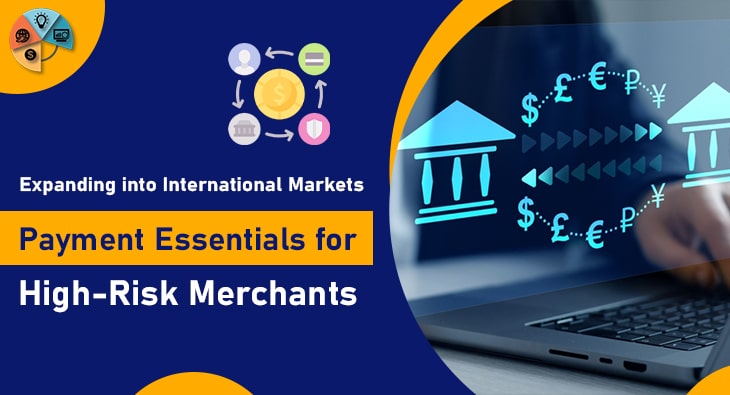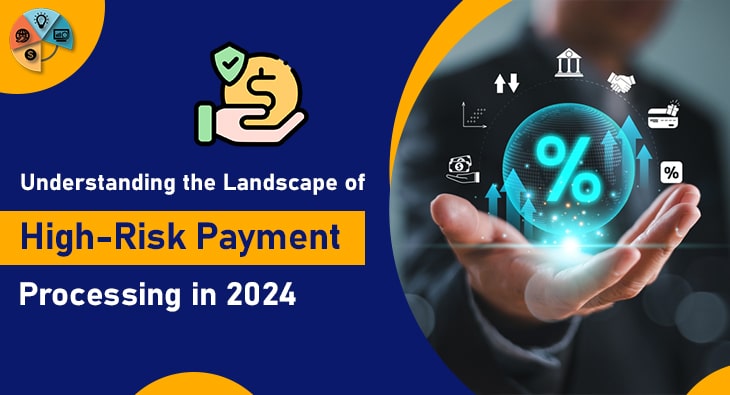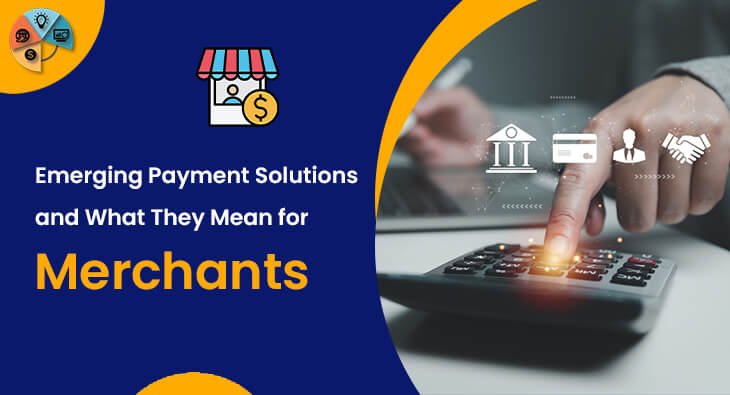Grasping the Concept of High-Risk Merchants
High-risk merchants operate in industries that experience higher rates of chargebacks, fraud, and regulatory scrutiny. These industries often include online gaming, travel, and e-commerce, where transaction dynamics can lead to increased financial risk. The classification of being high-risk affects various aspects of business operations, from securing reliable payment processing solutions to managing operational costs effectively. This categorization can complicate efforts to find suitable financial partners, as traditional banks and payment processors often hesitate to engage with high-risk businesses due to perceived risks.
In addition to the inherent operational challenges, high-risk merchants must also navigate complex regulatory landscapes, which vary significantly from one region to another. This requires a thorough understanding of industry-specific compliance requirements, as failing to meet these can result in fines, account closures, or other legal repercussions. For instance, stringent Know Your Customer (KYC) and Anti-Money Laundering (AML) regulations can impose additional compliance burdens, making it essential for these businesses to implement robust verification processes.
Another critical aspect is the higher cost associated with payment processing. High-risk merchants often face steeper transaction fees and longer hold periods on funds, which can strain cash flow. Therefore, understanding the full scope of what it means to be classified as high-risk is crucial for merchants looking to expand into international markets.
Some Related Blogs
- Understanding the Landscape of High-Risk Payment Processing in 2024
- Emerging Payment Solutions and What They Mean for Merchants
- How to Choose the Right Payment Processor for Your Business Model
- Case Studies of Successful Payment Implementations
Obstacles in Global Markets
Venturing into global markets presents unique challenges for high-risk merchants. Regulatory and compliance hurdles are significant, as different countries have varied financial regulations and standards. Navigating these requires a clear understanding of each region’s legal landscape to ensure compliance and avoid potential fines or business interruptions.
Cultural and economic differences further complicate international expansion. Payment preferences can vary widely, with some regions favoring credit cards and others preferring digital wallets or bank transfers. Additionally, economic factors such as currency fluctuations and local purchasing power can impact pricing strategies and overall market viability.
Operational differences also play a role. Local banking systems, payment processing infrastructure, and technology adoption rates can affect transaction efficiency and reliability. Understanding these nuances is essential for integrating smoothly into new markets and providing a seamless customer experience.
Language barriers and customer service expectations vary globally, which can influence communication strategies and support systems. High-risk merchants must adapt their customer service approaches to meet regional expectations, including offering multilingual support and understanding local customs and etiquette.
Lastly, high-risk merchants often face greater scrutiny and tighter regulations in foreign markets, necessitating a proactive approach to compliance and risk management. Partnering with local experts and leveraging technology can aid in navigating these complex landscapes, ensuring that high-risk businesses can operate effectively and responsibly on a global scale.
Exploring Payment Processing Alternatives
Selecting the right payment processing alternatives is critical when expanding internationally. Global payment gateways can facilitate multi-currency transactions and cater to diverse regional preferences, streamlining the payment process for both the merchant and the customer. These platforms often come equipped with features like local currency conversion and support for various payment methods, which are essential for attracting a broader customer base.

Credit card processing solutions vary widely, making it essential for high-risk merchants to compare options meticulously. Factors such as fees, security measures, and acceptance rates should be carefully evaluated to find a solution that minimizes costs and enhances transaction security. Additionally, considering alternative payment methods like digital wallets or local payment solutions can be advantageous in regions where credit card usage is less prevalent.
It’s also beneficial to look into payment processors that specialize in high-risk industries. These processors understand the unique challenges faced by high-risk merchants and offer tailored services designed to mitigate risks such as chargebacks and fraud. Leveraging these specialized services can significantly enhance operational efficiency and customer satisfaction, making it easier for high-risk merchants to navigate the complexities of international markets.
Strategies for Managing Risk
Managing risk effectively is critical for high-risk merchants in international markets. Utilizing advanced fraud prevention tools, such as machine learning and artificial intelligence, can help identify and prevent fraudulent activities by analyzing transaction patterns in real time. These technologies provide a proactive approach to security, reducing the potential for financial loss.
Chargeback mitigation is another essential component. High-risk merchants can employ strategies such as maintaining transparent return policies and offering excellent customer service to reduce chargeback rates. Real-time transaction monitoring also plays a crucial role in identifying and addressing disputes promptly.
Collaborating with payment processors that specialize in high-risk industries can provide additional safeguards. These processors often offer tailored services designed to address specific risks, including chargeback protection and fraud detection. By leveraging these specialized solutions, high-risk merchants can enhance their operational efficiency and improve customer trust.
Lastly, staying updated on the latest security measures and compliance requirements is vital. This includes regularly reviewing and updating internal processes and systems to ensure they meet industry standards. By adopting these comprehensive risk management strategies, high-risk merchants can navigate the complexities of international markets more effectively and responsibly.
Legal and Compliance Aspects
Navigating the legal and compliance landscape is crucial for high-risk merchants looking to expand internationally. Different countries impose unique regulations on electronic payments, data protection, and consumer rights, making it essential to stay informed to avoid legal complications. Collaborating with legal experts specializing in international trade law can provide critical insights and support. These professionals can help ensure that all business operations, from contracts to payment processing, comply with both international standards and local laws.
Moreover, compliance with international regulations often involves adhering to stringent Know Your Customer (KYC) and Anti-Money Laundering (AML) requirements. These measures necessitate robust verification processes to ensure the legitimacy of transactions and reduce the risk of fraud. Regularly updating compliance protocols and staying abreast of regulatory changes are key strategies for maintaining a secure and legally sound operation.
By prioritizing legal and compliance aspects, high-risk merchants can mitigate potential risks and focus on growing their global footprint responsibly and effectively.
![]()
Email us anytime!
Email customer service 24/7
![]()
Call us anytime!
Reach customer care 24/7 at +1 (727) 330-3944


